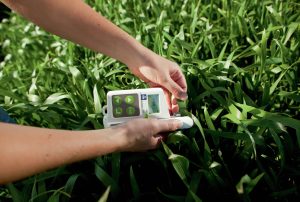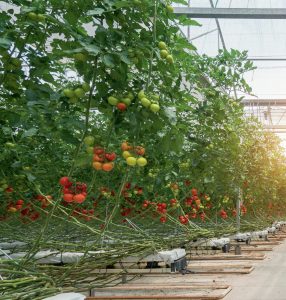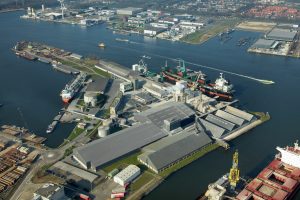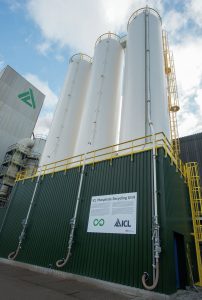
Innovation showcase
We profile a selection of innovative speciality products and agronomic technologies that have recently been brought to market.

We profile a selection of innovative speciality products and agronomic technologies that have recently been brought to market.

Demand from horticulture has seen the use of water-soluble phosphates rise globally to almost one million tonnes annually. We assess the market and its growth prospects, identify leading producers and highlight recent product innovations.
ICL Group’s executive vice president (EVP) Eli Amon has been appointed to lead its newly-created crop nutrition marketing business. He will also continue in his current role as EVP for ICL’s Innovative Ag Solutions division. Mr Amon has been with ICL for 29 years, serving in several executive sales, marketing and logistics roles.

Nutrien is the world’s largest crop nutrient company with a market capitalisation of almost $20 billion (Figure 1). This fertilizer industry giant produces and distributes over 25 million tonnes of potash, nitrogen and phosphate products for agricultural, industrial and feed customers globally. The company’s agriculture retail business also serves over 500,000 growers worldwide through a network of international outlets.

China’s copper industry is facing difficulties caused by the coronavirus outbreak in the country. Prolonged factory closures, particularly in Hubei province, at the centre of the outbreak, as well as neighbouring Guangdong and Zhejiang, also badly affected, have caused a slump in demand for copper domestically as copper fabricators remain on extended closure. However, smelters have resisted cutting production. Daye Nonferrous, based in Huangshi at the centre of coronavirus outbreak, continues to operate at 80% of its 600,000 t/a capacity for 1Q 2020, according to the company, in spite of quarantine and transport restrictions which have reduced truck shipments to the smelter – Daye is reportedly still able to receive copper concentrate shipments via the Yangtze River to Huangshi port.

Sirius Minerals is in talks with Anglo American about a £386 million cash offer for its UK-based polyhalite mine project.

Leading EU phosphate and NPK fertilizer producers are profiled, including EuroChem, Fertiberia, Grupa Azoty, ICL, Prayon and Yara.

Leading nitrogen and phosphate producers, including ICL, OCP and Yara, have all launched major sustainable fertilizer production projects. The aim is to incorporate recovered nutrients or low-carbon feedstocks into their manufacturing processes.

Canadian Press reports in December have highlighted concerns that the new tighter IMO rules on sulphur content of marine fuels, which came into force on January 1st, could lead to reduced demand for oil sands bitumen and syncrude. Canadian oil output has been steadily increasing over the past two decades, mainly due to expanded bitumen recovery, which now accounts for 50% of Canada’s 4.6 million bbl/d of oil production. However, the discount for Western Canadian Select bitumen blend crude prices versus North American benchmark West Texas Intermediate could almost double to $30/bbl in January, according to consultancy Wood Mackenzie, averaging US$23-24/bbl for most of 2020, as US and other refiners use less heavy, sour oil and switch to lower sulphur feeds to try and optimise low sulphur fuel oil (LSFO) production. However, reduced output from Canada’s competitors Mexico and Venezuela is currently helping to mitigate this. Oil sands producers with refineries or upgraders are expected to benefit as the new standards will increase demand for refined low-sulphur fuels. For example, Husky Energy has expanded its Lloydminster Upgrader to produce an extra 4,000 bbl/d of diesel, and reconfigured its Lima refinery in Ohio to use more heavy oil.